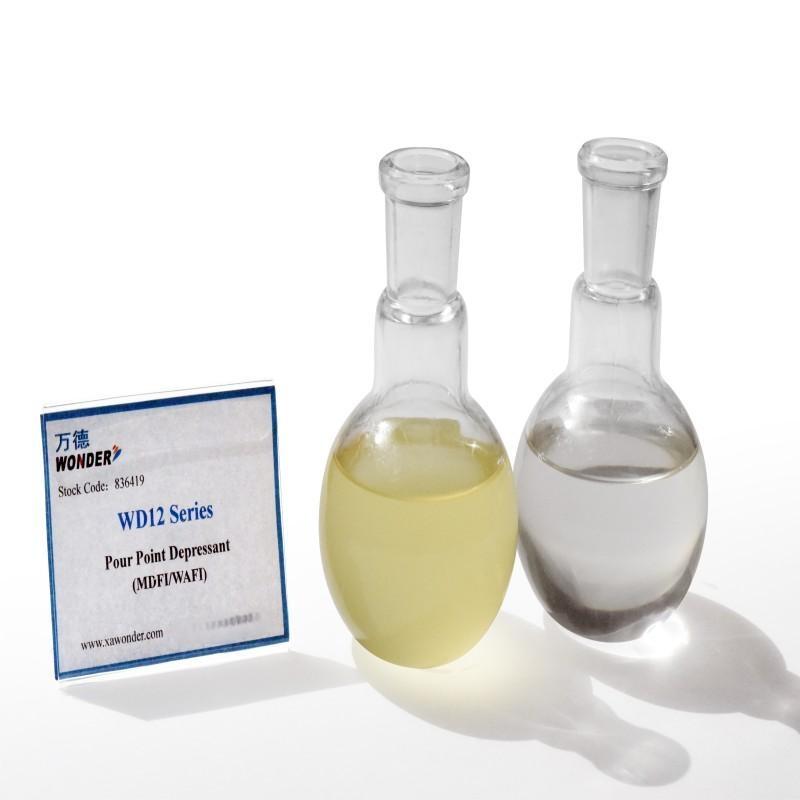-
Categories
-
Pharmaceutical Intermediates
-
Active Pharmaceutical Ingredients
-
Food Additives
- Industrial Coatings
- Agrochemicals
- Dyes and Pigments
- Surfactant
- Flavors and Fragrances
- Chemical Reagents
- Catalyst and Auxiliary
- Natural Products
- Inorganic Chemistry
-
Organic Chemistry
-
Biochemical Engineering
- Analytical Chemistry
-
Cosmetic Ingredient
- Water Treatment Chemical
-
Pharmaceutical Intermediates
Promotion
ECHEMI Mall
Wholesale
Weekly Price
Exhibition
News
-
Trade Service
On November 14, OPEC lowered its forecast
for global oil demand again in its monthly report.
OPEC forecasts that global oil demand will increase by 2.
55 million b/d in 2022, down 100,000 b/d
from its previous forecast.
It is worth noting that this is the fifth time since April this year that OPEC has lowered its oil demand forecast
for the whole year 2022.
In addition, OPEC forecasts that global oil demand will increase by 2.
24 million b/d in 2023, also down 100,000 b/d
from its previous forecast.
After cutting its global oil demand forecast for the fourth quarter of 2022 by 520,000 b/d last month, OPEC also cut the forecast by another 520,000 b/d
in its monthly report.
OPEC said it expects to need to produce an average of 28.
92 million barrels per day of crude oil in the fourth quarter to meet demand
.
That means OPEC+'s 2 million b/d deal last month should bring oil production down to a market-balanced level
, the report said.
"Significant uncertainty in the global economy, coupled with fears of a global recession, exacerbates downside risks
to slower global oil demand growth," OPEC said in its monthly report.
”
OPEC's monthly report also showed that in the second and third quarters of 2022, global oil supply exceeded total oil demand by 2 million b/d and 1.
1 million b/d, respectively, highlighting a clear trend
of oversupply.
Oil production fell 210,000 b/d to 29.
49 million b/d in October, driven by Saudi cuts to oil production
.
Saudi Energy Minister Abdelaziz bin Salman said last week that OPEC+ would remain cautious on oil production
.
Although OPEC+ cuts reach 2 million b/d, only partial cuts are expected to be implemented, with Saudi Arabia and the UAE bearing the largest
cuts.
Some other member countries, which have produced below their quotas due to years of underinvestment or political instability, require little to no cuts
.







